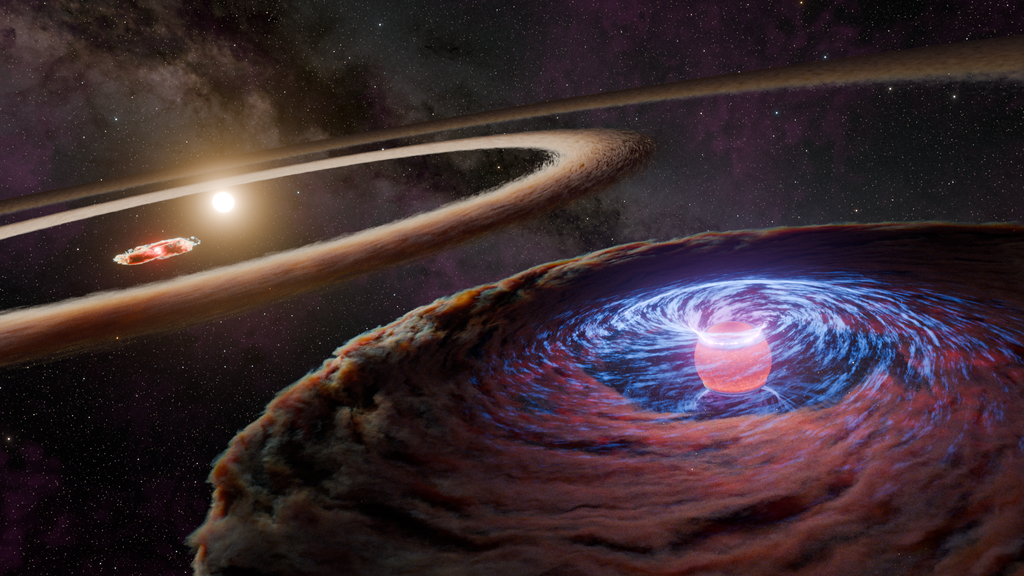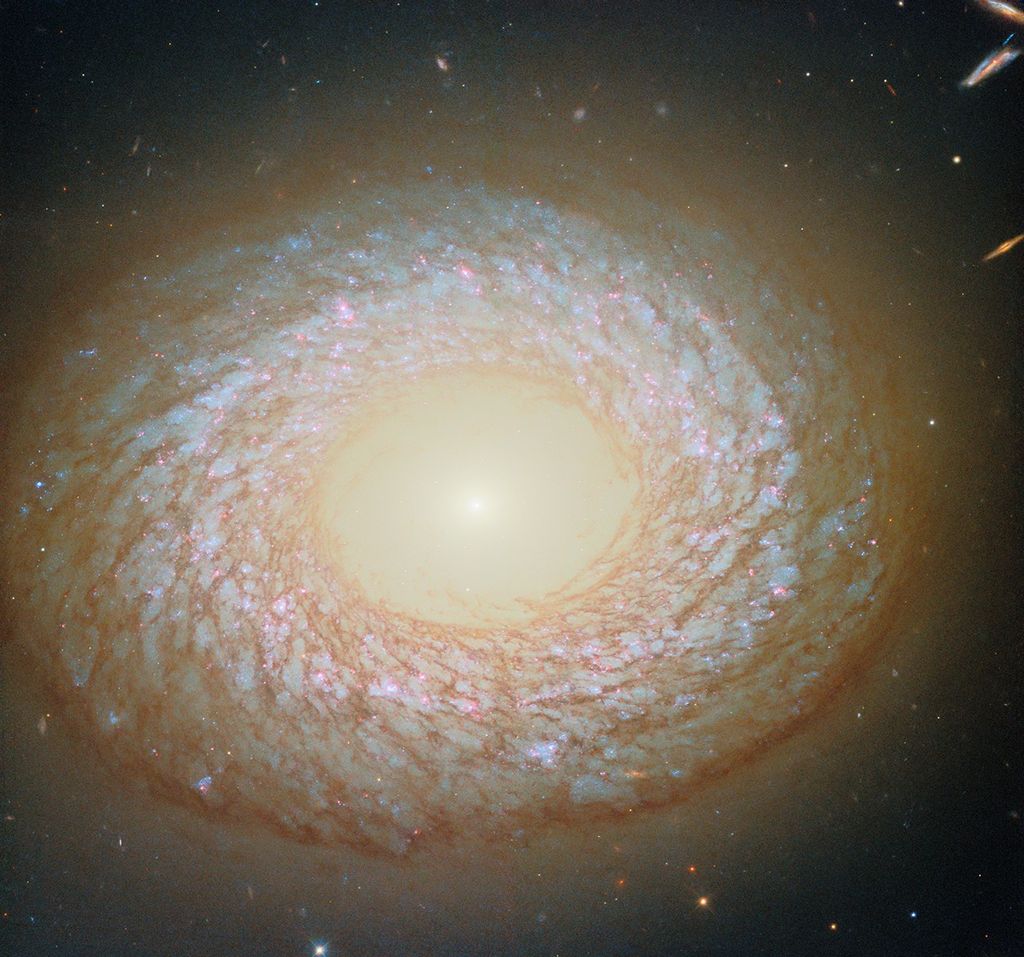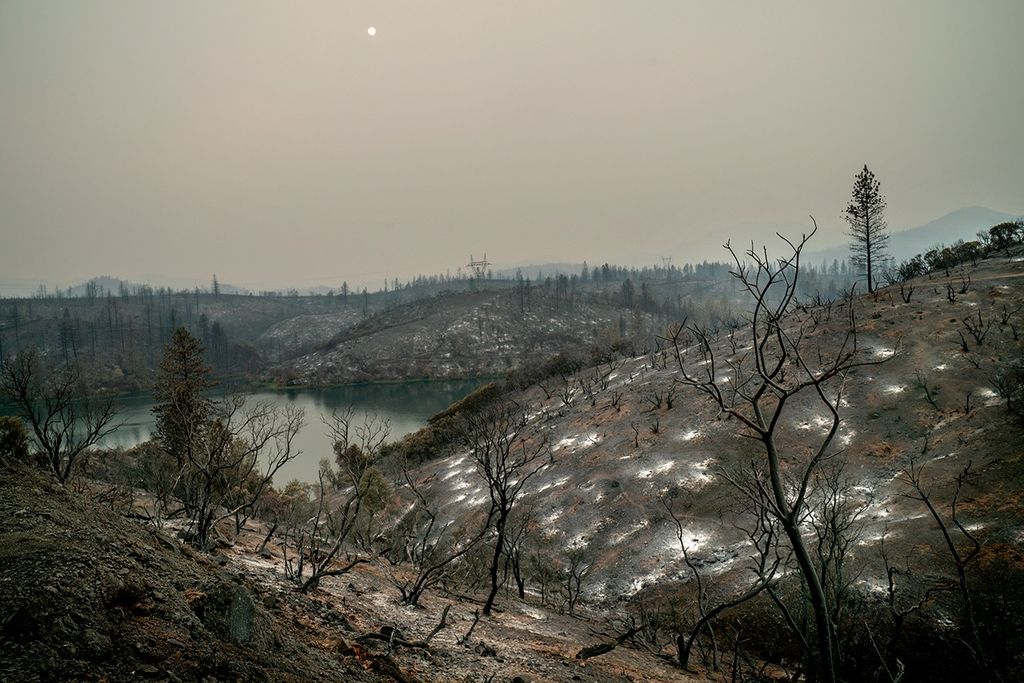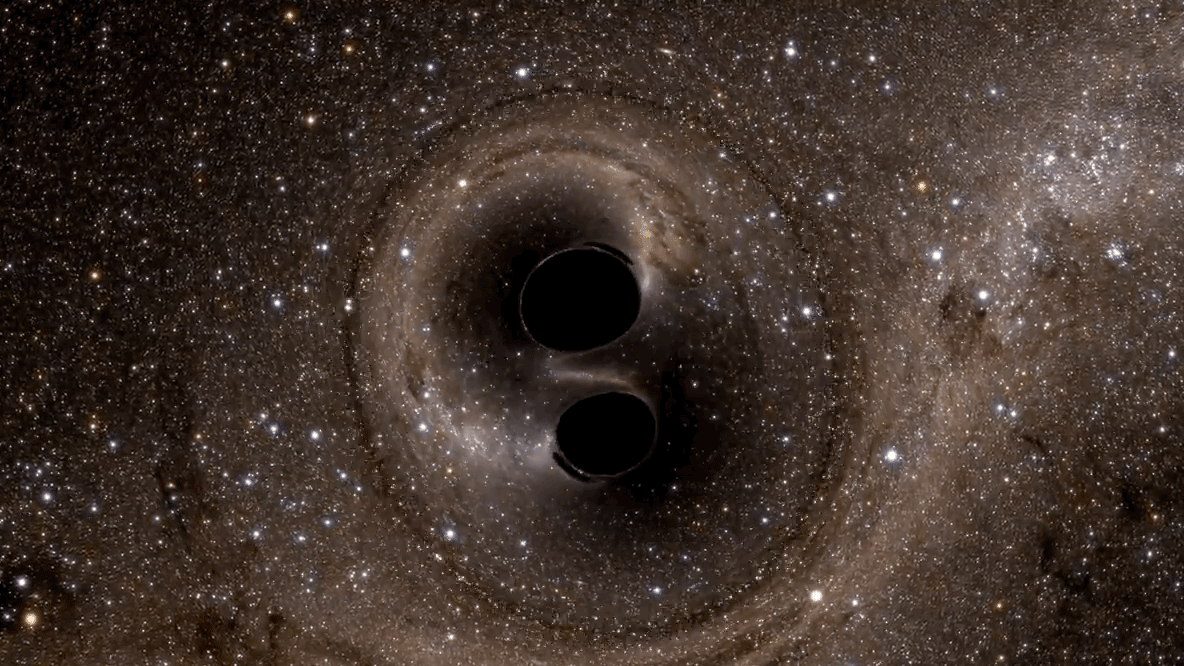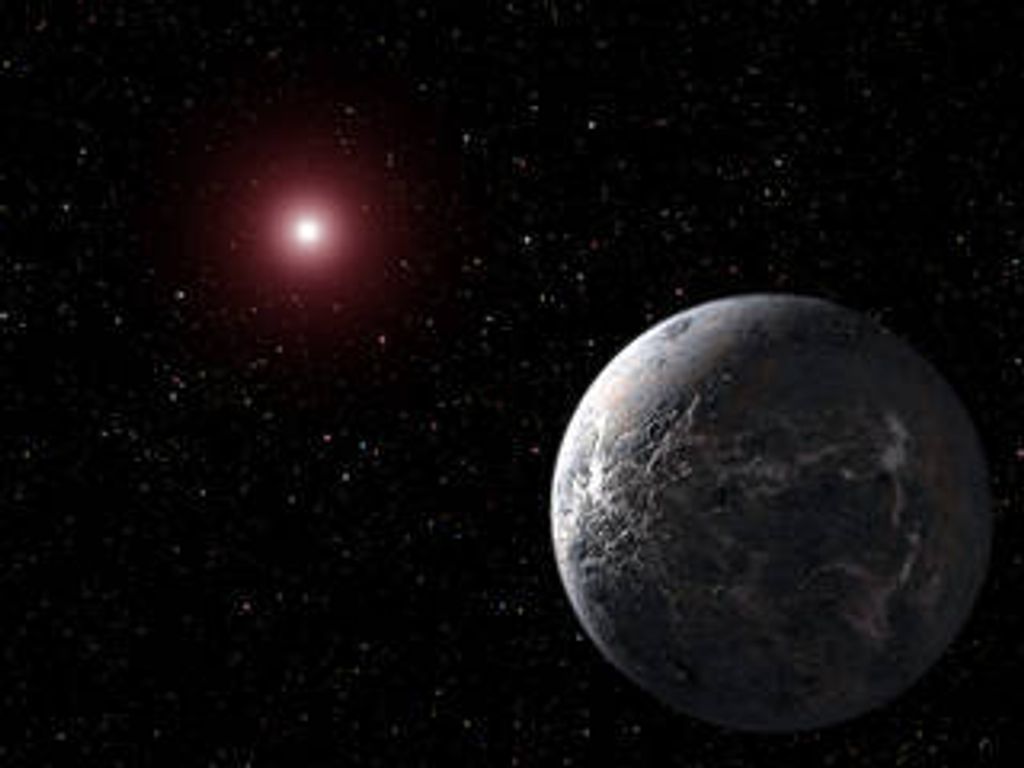Science Interest Group
Diffuse Gas in Cosmic Ecosystems
The Diffuse Gas in Cosmic Ecosystems Science Interest Group (DGCE SIG) offers an opportunity for researchers across all career stages studying diffuse gas.
About DGCE SIG
Exploring diffuse gas throughout the universe
The Diffuse Gas in Cosmic Ecosystems Science Interest Group (DGCE SIG) provides a forum for researchers and students who are interested in diffuse gas throughout the universe, in the interstellar, circum-galactic, circum-quasar, and intergalactic media, to come together to discuss the latest discoveries and ideas.
This SIG will host monthly topical talks by experts on diffuse gas and its properties, along with regular discussion on what observations and instruments are needed to move the field forward. The talk schedule is monthly, on the 4th Thursday of the month at 4pm Eastern/1pm Pacific time.
DGCE SIG motivation: Most of the ordinary matter in the universe is found in the tenuous gas between stars and galaxies. This matter is mostly diffuse and found in a mixture of phases, spanning a huge range of size scales, connecting galaxies to each other in a massive cosmic web, while also playing a key role in star and planet formation. The physical processes that govern the behavior of this material are the same, regardless of the scale. This Science Interest Group (SIG) organizes community input on Diffuse Gas found across Cosmic Ecosystems, emphasizing the interconnectedness of the systems at all scales. The SIG focus includes the circumgalactic and intergalactic media, and the interstellar medium environment of gas/diffuse plasma between stars and galaxies, as well as the flows within and around each of these media as they connect to each other. This SIG enhances the voice of this critical field within the broader astronomical community.

News & Events
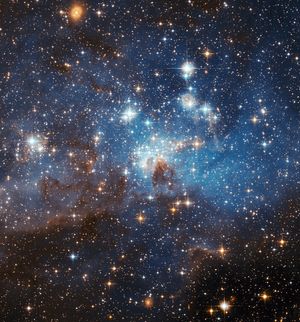
Observing Shock Dynamics in a Supernova Remnant Near the ISM Interface with an Integral Field Spectrograph Speaker Emily Witt, Johns Hopkins University Abstract Supernovae (SN) play a key role in processing matter and energy in the galaxy. This processing begins…

Uncovering Hidden Astrophysical Laboratories with (Diffuse) Molecular Hydrogen Keri Hoadley, University of Florida Molecular hydrogen (H2) permeates almost all regions of cool cosmic ecosystems- from the molecular clouds that stars form in, to planet-forming gaseous disks, and the space between…

Dragonfly Evolved: Ultranarrowband Imaging of the Circumgalactic Medium in the Local Universe Deborah Lokhorst, Herzberg Astronomy and Astrophysics The vast majority of baryons in the universe exist outside galaxies, in regions defined as the circumgalactic and intergalactic medium (CGM and IGM).…

The CGM in 1-D, 2-D, and 3-D (Round, AxiSymmetric, and To Be Determined) Ben Oppenheimer, University of Colorado Today, I will introduce a set of 1-dimensional (“round”) models for gaseous atmospheres. This “Descriptive Parametric Model” is meant to be a…

Harnessing CAMELS : A Strategic Approach to Precision Cosmology and Galaxy Astrophysics Daisuke Nagai, Yale University As we enter a golden age of data-driven cosmology, multi-wavelength surveys are set to revolutionize our understanding of the universe. Ongoing and upcoming observations…

Galactic Center as an Extragalactic Tool: Gas and the Radiation Field from the Milky Way Dhanesh Krishnarao, Colorado College The inner Milky Way is home to many energetic phenomena impacting the interstellar medium and influencing the environment surrounding our Galaxy,…
Leadership Council
| Name | Affiliation & Email |
|---|---|
| Danielle Berg | UT Austin |
| Sanchayeeta Borthakur | ASU |
| Hsiao-Wen Chen | U Chicago |
| Erika Hamden | U Arizona |
| Gwen Rudie | Carnegie |
| Claudia Scarlata | U Minnesota |
| Carlos Vargas | U Arizona |
| Jessica Werk | U Washington |
How to Participate
We invite participation from the community, particularly from early-career researchers and those from under represented backgrounds in astronomy. Please contact us for more information about our activities and mission, and how you can get involved.
Contact Us about How to Participate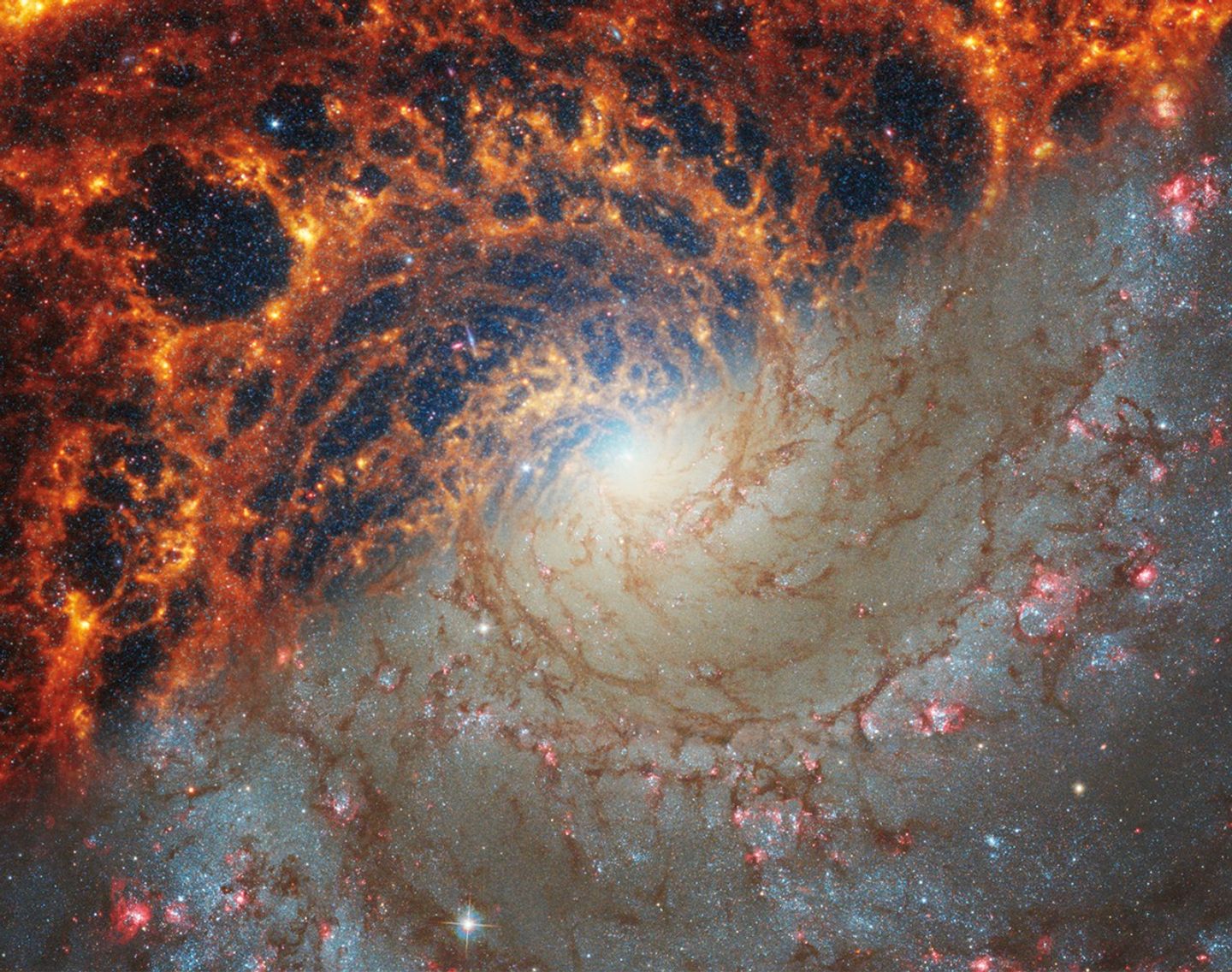
News Straight to Your Inbox
Subscribe to your community email news list
We will never share your email address.


